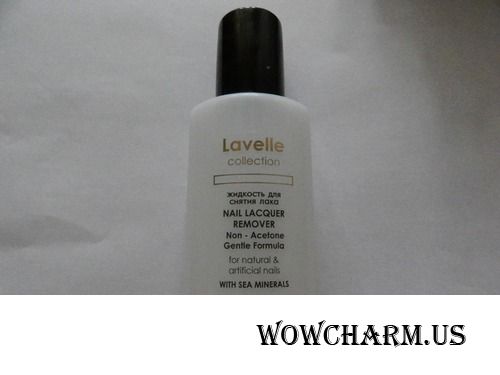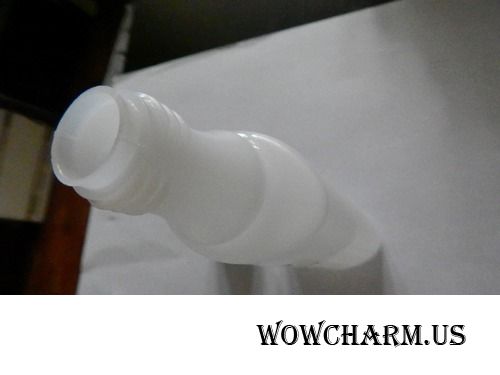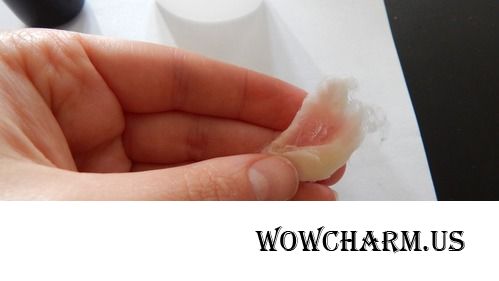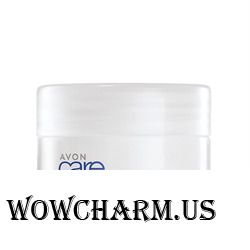But except the careful choice it is worth choosing from abundance of palettes of varnishes not less attentively liquid for varnish removal.
Nails with oblezshy varnish, than in general without it look much worse. Therefore it is necessary to delete in due time old varnish from nails, but not by means of improvised sharp devices, and, naturally, the special liquids which are washing away varnish.
And so, upon purchase of varnish in shop I went to a shelf with means for removal of manicure at once. Chose very long. Stopped on the choice of liquid from Lavelle collection with sea minerals of the Russian production.

Attracted me first of all the volume (a bottle of 125 ml), an inscription "without acetone" moreover with sea minerals and castor oil in structure.

Description
Bottle plastic translucent opaque with the black twisting cover, but, unfortunately, not densely closed.
Such packing of liquid, in my opinion, is very not convenient for varnish removal, is closed not hermetically.
By pressing walls even of the closed small bottle it is heard as through a cap there is an air. Besides, when accidentally the bottle fell in closed form - means ran out from it.
Also the neck at a bottle too wide, and when wetting a wadded disk of liquid pours out too much, even happens by, on a table or a floor.
Liquid for removal of varnish is transparent as water.

The smell of means is simply awful, very sharp, chemical, it is worse, than acetone. And when using even arises feelings of burning and tingling of eyes, at least, at me.
Most likely, responsible for this smell is the ethyl acetate which is a part of liquid. It is air of acetic acid which is used as solvent in production and also for killing of insects.
Found information that it and not absolutely safe substance, can cause even skin diseases in the person, like eczema.
But I think if on packing it is specified that liquid for removal of varnish conforms to the TU 9158-001-59728406-2003 standards then, it underwent testing and has to be not dangerous to the person.
Though, maybe, began to smell also from isopropanol. It is the technical alcohol relating to substances of thirds of degree of danger which at dehydrogenation turns into acetone. And too it is dangerous to the person.
Also are a part of means drinking water (why only drinking?), glycerin, sea minerals, the castor oil hydrogenated a fragrance.
All information: the description, structure, a method of application, storage conditions, the producer, a period of storage - on the label it is specified completely in Russian.
My observations and conclusions
Used liquid for varnish removal as usual: poured means on a piece of cotton wool and began to erase varnish.
The smell just forces to work very quickly. And it is better to open in general at the same time windows as it extends on all apartment.
If varnish was applied in one layer, he acts liquid easily, such as, this time one cotton wool was enough for me to clean all nails on both hands.


But surprised me that after varnish was removed from nails, on nail plates white spots began to act. At first even it seemed to me that with varnish it was skimmed also a nail, but then I understood that it is some rainfall from liquid.

Most likely, that deposit about which the producer specified on the label – a natural deposit.

Even at careful washing off by soap of residues of liquid and products of its work from hands this strong chemical smell did not disappear.
Besides nails became more dim and more pale, than were before coloring varnish, and lost the natural gloss.
I even noticed that the skin on fingers with which I held the cotton wool moistened with liquid became rough and rigid as though it was erased a little.
And the head from this smell begins to hurt me at once.
Conclusion: I do not advise this means though of "demanikyur" it copes with the problem well, but consequences of application and studying of structure personally frighten me. And about contents as a part of substance with which kill insects I in general am silent.












